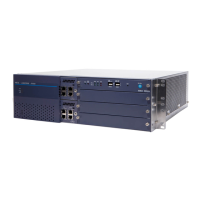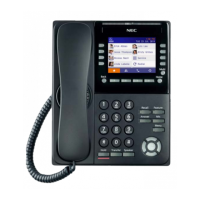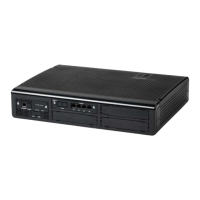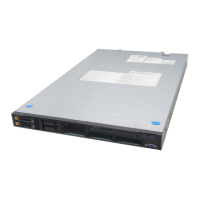– 99 –
CHAPTER 4 OFFICE DATA DESIGN
2. Service Conditions
(1) ACDP can be accommodated in all FCCS nodes.
(2) Maximum number of Status Monitoring Requests to a terminal (including Trunk) is decided by the sys-
tem data (max. 8 ports available including ACDP, UAP*). Note that the normal operation is not guar-
anteed if Status Monitoring is requested to a terminal from more than the number of ports (for example,
the case DID Trunk is managed by more than the designated number of ACDPs). Do not establish such
a network configuration.
* UAP for Status Monitoring Request using SMFR. Status Monitoring Request from UAP is available
by using the ports other than ports used for Status Monitoring Request from ACDP.
(3) More than one node can accommodate the “ACDP” on the FCCS network (before the software en-
hancement, only one node can be equipped with ACDP). At this time, each of the “ACDP nodes” can
use the “ACDP Trunk for FCCS” and ACD stand-alone functions. However, “AGENT ANYWHERE”
feature can be used by only one of the “ACDP nodes”.
In addition, the “AGENT ANYWHERE” feature can also be used by more than one ACDP system on
the FCCS network.
(4) The destination node (ACDP) for ACD incoming calls is designated on a monitor number basis using
ACDPLT command (ACD trunk basis). Note that the destination node can be assigned only one per
monitor number using ACDPLT command (The same monitor number can not be assigned at multiple
nodes using ACDPLT).
(5) Agent positions to be controlled from different ACDPs cannot be accommodated in a node.
Node 2
Node 1
Node 3
ACDP
ACDP
Both ACDPs in Node 1 and Node 2 can not control ACD positions in Node 3.

